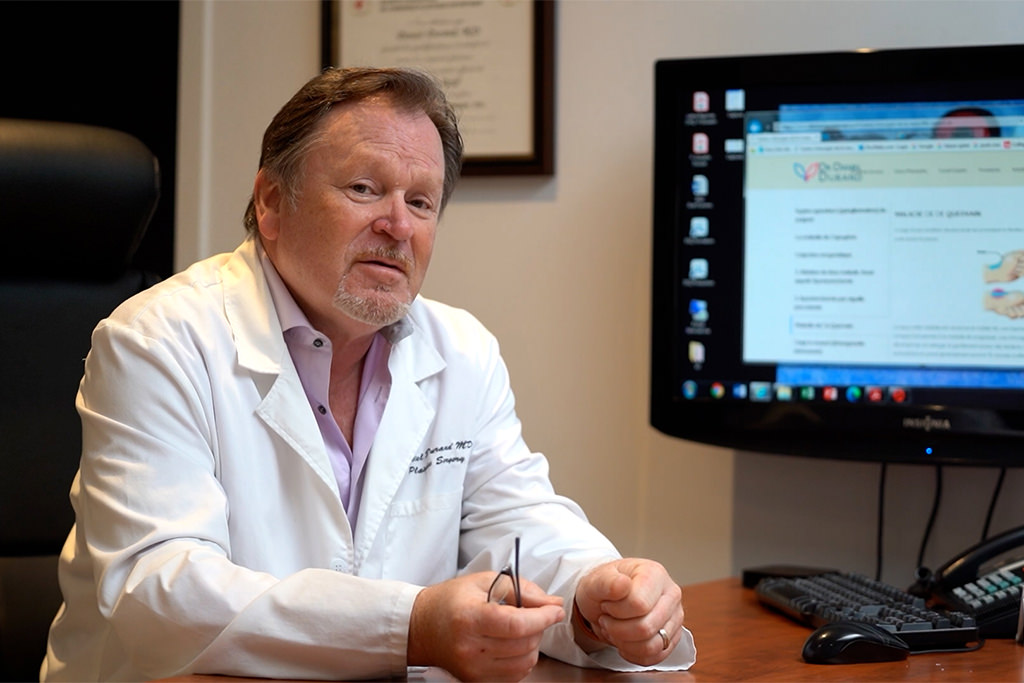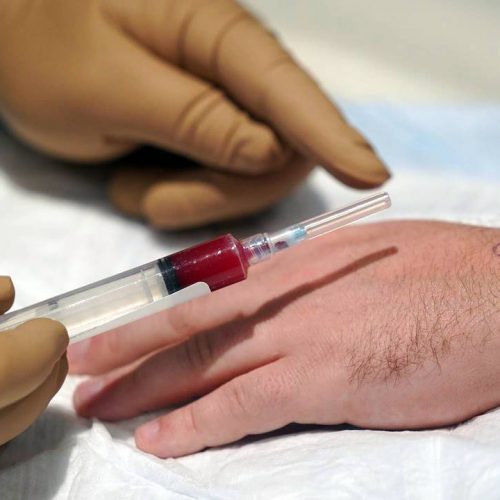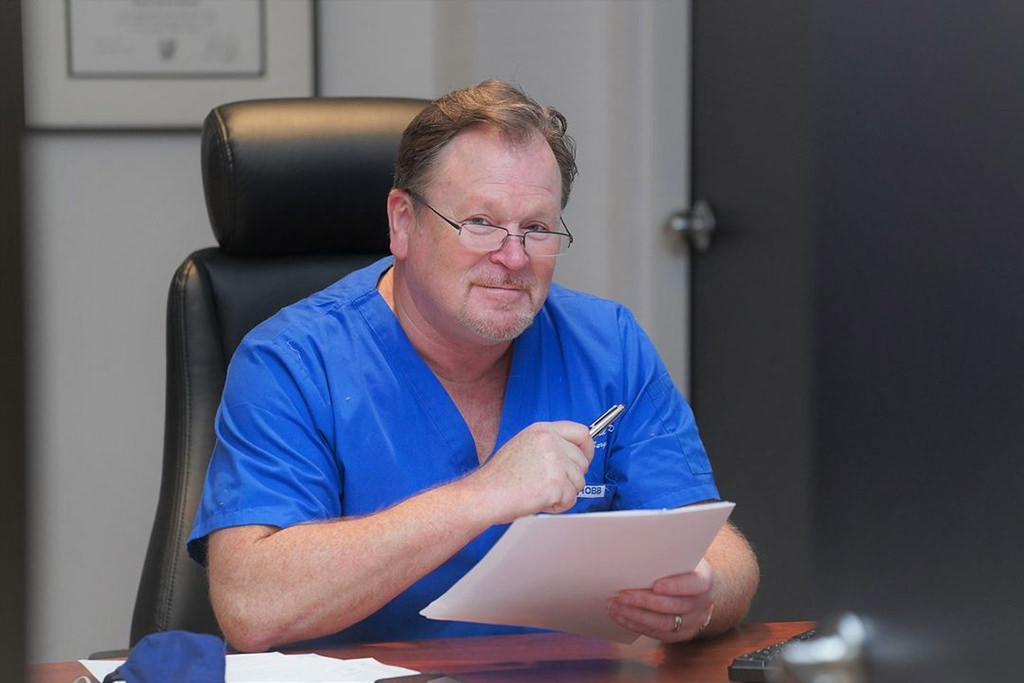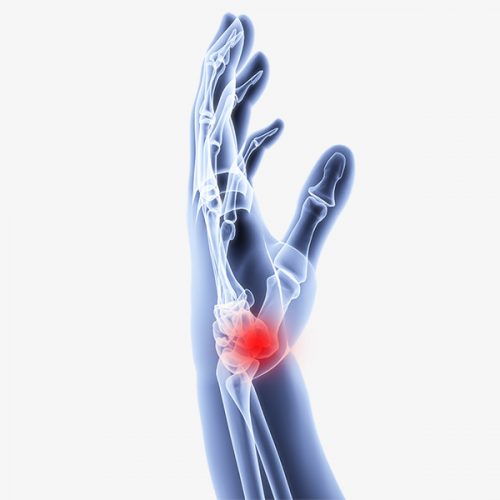

De Quervain’s Disease


WHAT IS DE QUERVAIN’S DISEASE?
De Quervain’s tenosynovitis is a painful condition affecting the tendons on the thumb side of your wrist. It occurs when the tendons around the base of the thumb are irritated or constricted. The word “tendinosis” refers to a swelling of the tendons. Swelling of the tendons, and the tendon sheath, can cause pain and tenderness along the thumb side of the wrist. This is particularly noticeable when forming a fist, grasping or gripping something, or when turning the wrist.
Although the exact cause of de Quervain’s tenosynovitis isn’t known, any activity that relies on repetitive hand or wrist movement — such as working in the garden, playing golf or racket sports, or lifting your baby — can make it worse.
IF YOU ARE SUFFERING FROM SYMPTOMS OF DE QUERVAIN’S DISEASE AND EVALUATING YOUR TREATMENT OPTIONS, SCHEDULE A CONSULTATION WITH DR. DANIEL DURAND TODAY.
SYMPTOMS OF DE QUERVAIN’S DISEASE
Signs of De Quervain’s tendinosis:
- Pain may be felt over the thumb side of the wrist. This is the main symptom. The pain may appear either gradually or suddenly. Pain is felt in the wrist and can travel up the forearm. The pain is usually worse when the hand and thumb are in use. This is especially true when forcefully grasping objects or twisting the wrist.
- Swelling may be seen over the thumb side of the wrist. This swelling may accompany a fluid-filled cyst in this region.
- A “catching” or “snapping” sensation may be felt when moving the thumb.
- Pain and swelling may make it difficult to move the thumb and wrist.
If the condition goes too long without treatment, the pain may spread further into your thumb, back into your forearm or both. Pinching, grasping and other movements of your thumb and wrist aggravate the pain.
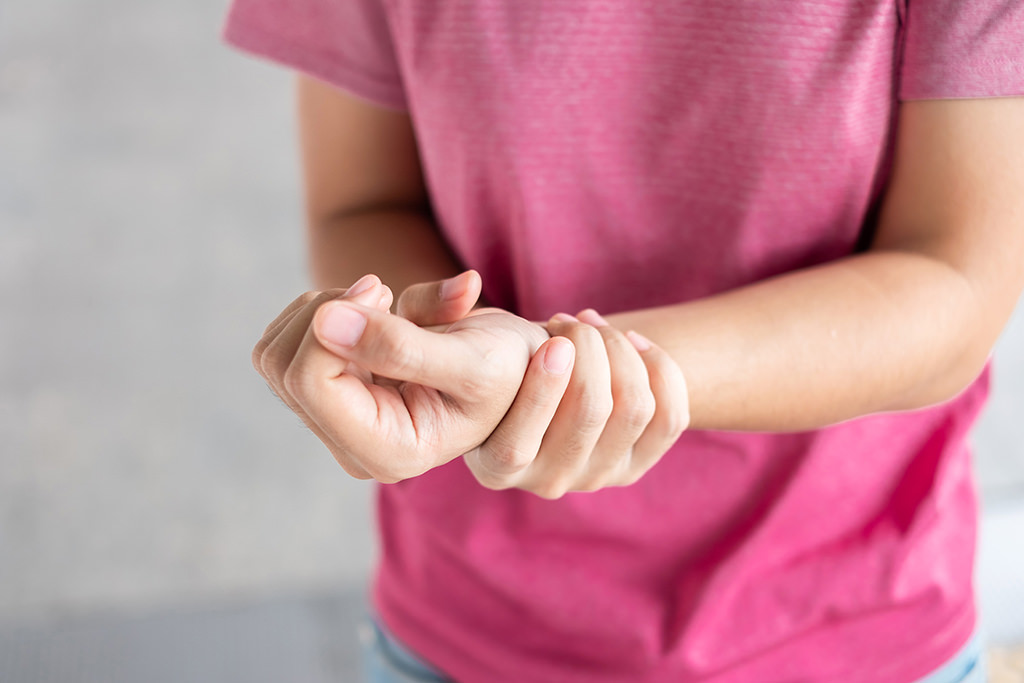
WHAT CAUSES DE QUERVAIN’S DISEASE?
De Quervain’s tendinitis is caused when tendons on the thumb side of the wrist are swollen or irritated. The irritation causes the lining (synovium) around the tendon to swell, which changes the shape of the compartment. This makes it difficult for the tendons to move as they should.
DeQuervain’s tendinitis is most common in middle-aged women. It can be seen in association with pregnancy. It may be found in inflammatory arthritis, such as rheumatoid arthritis. Tendinitis may be aggravated by overuse.
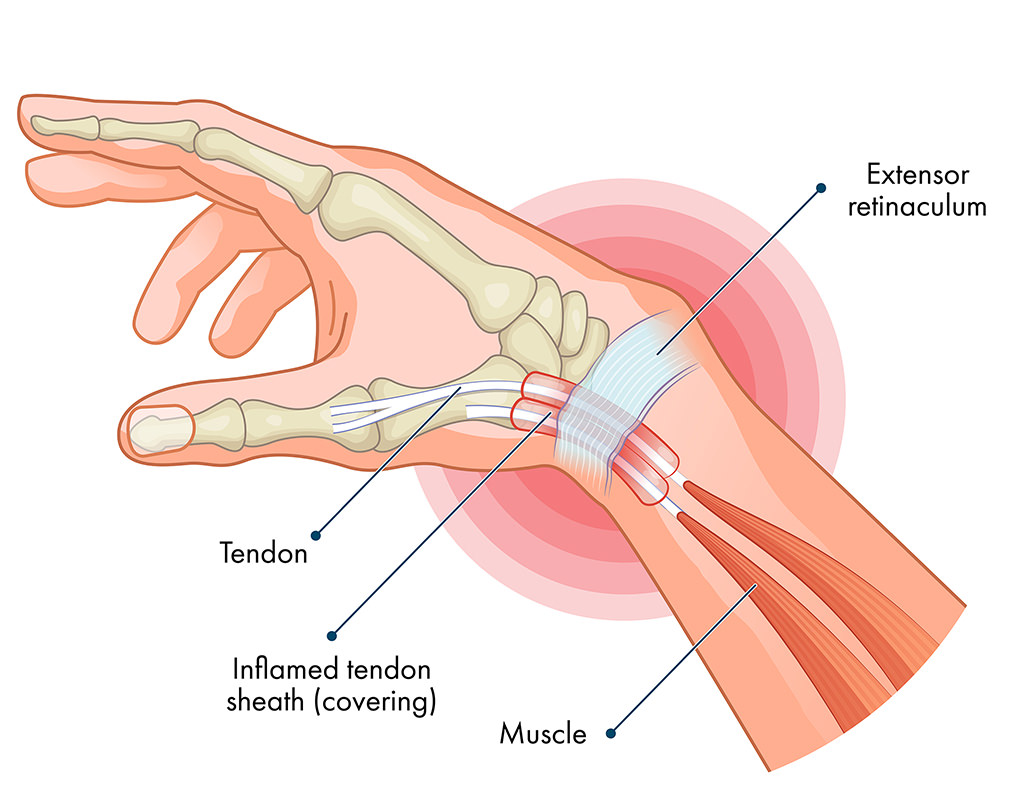
HOW IS DE QUERVAIN’S DISEASE DIAGNOSED?
To diagnose de Quervain’s tenosynovitis, Dr. Durand will examine your hand to see if you feel pain when pressure is applied on the thumb side of the wrist.
Dr. Durand will also perform a Finkelstein test, in which you bend your thumb across the palm of your hand and bend your fingers down over your thumb. Then you bend your wrist toward your little finger. If this causes pain on the thumb side of your wrist, you likely have de Quervain’s tenosynovitis.
Imaging tests, such as X-rays, generally aren’t needed to diagnose de Quervain’s tenosynovitis.
WHEN SEEKING A DIAGNOSIS OR TREATMENT, IT’S BETTER TO SEE A DOCTOR SOONER RATHER THAN LATER. ONCE A CONDITION IS SEVERE, THE DISEASES ARE MORE DIFFICULT TO CORRECT.
EARLY INTERVENTION IS KEY TO AVOIDING PERMANENT DAMAGE. DEPENDING ON YOUR DIAGNOSIS, NONSURGICAL TREATMENT MAY BE AN OPTION.
HOW IS DE QUERVAIN’S DISEASE TREATED?
There are a few different procedures to help treat De Quervain’s Disease. Treatment varies depending on its severity and duration. Dr. Daniel Durand will take the time to carefully outline the various options available to you along with the benefits and risks associated with each procedure during your comprehensive one-on-one consultation.
The goal in treating de Quervain’s tendinosis is to relieve the pain caused by irritation and swelling. Regardless of the treatment, normal use of the hand usually can be resumed once comfort and strength have returned. Dr. Durand can advise you on the best treatment for your situation.
NONSURGICAL TREATMENT
- Splints. Splints may be used to rest the thumb and wrist.
- Corticosteroids. When recognized and treated early, this is a condition which responds very well to either an injection of cortisone, which reduces the swelling.
- Injections therapy. Injections therapy is a biological treatment designed to improve the biologic environment of the tissue. This involves obtaining a small sample of blood from the arm and centrifuging it (spinning it) to obtain platelets from the solution. Platelets are known for their high concentration of growth factors, which can be injected into the affected area.
SURGICAL TREATMENT
When the situation is allowed to progress, then, occasionally, minor surgery is required in order to decompress and clean the swelling around the tendons. This procedure is done as an out patient and typically takes approximately 15 minutes to perform.
HAND CARE WITH DR DANIEL DURAND
NOT ALL HAND AND WRIST CONDITIONS REQUIRE SURGICAL SOLUTIONS. OTHER TREATMENT OPTIONS ARE AVAILABLE FOR LESS SEVERE ISSUES. IF YOU’VE BEEN EXPERIENCING DE QUERVAIN’S DISEASE SYMPTOMS, SCHEDULE AN APPOINTMENT WITH DR. DANIEL DURAND TODAY!

